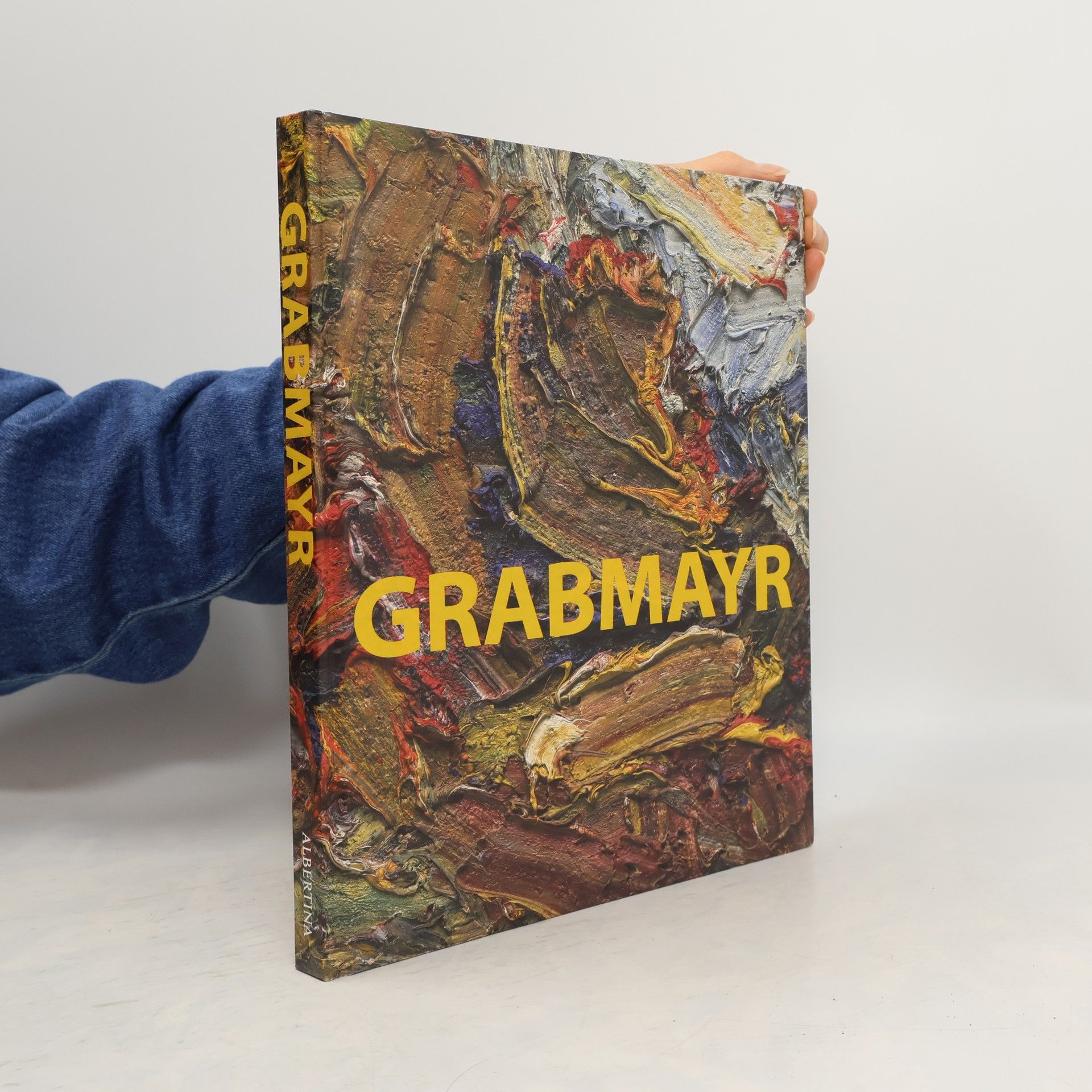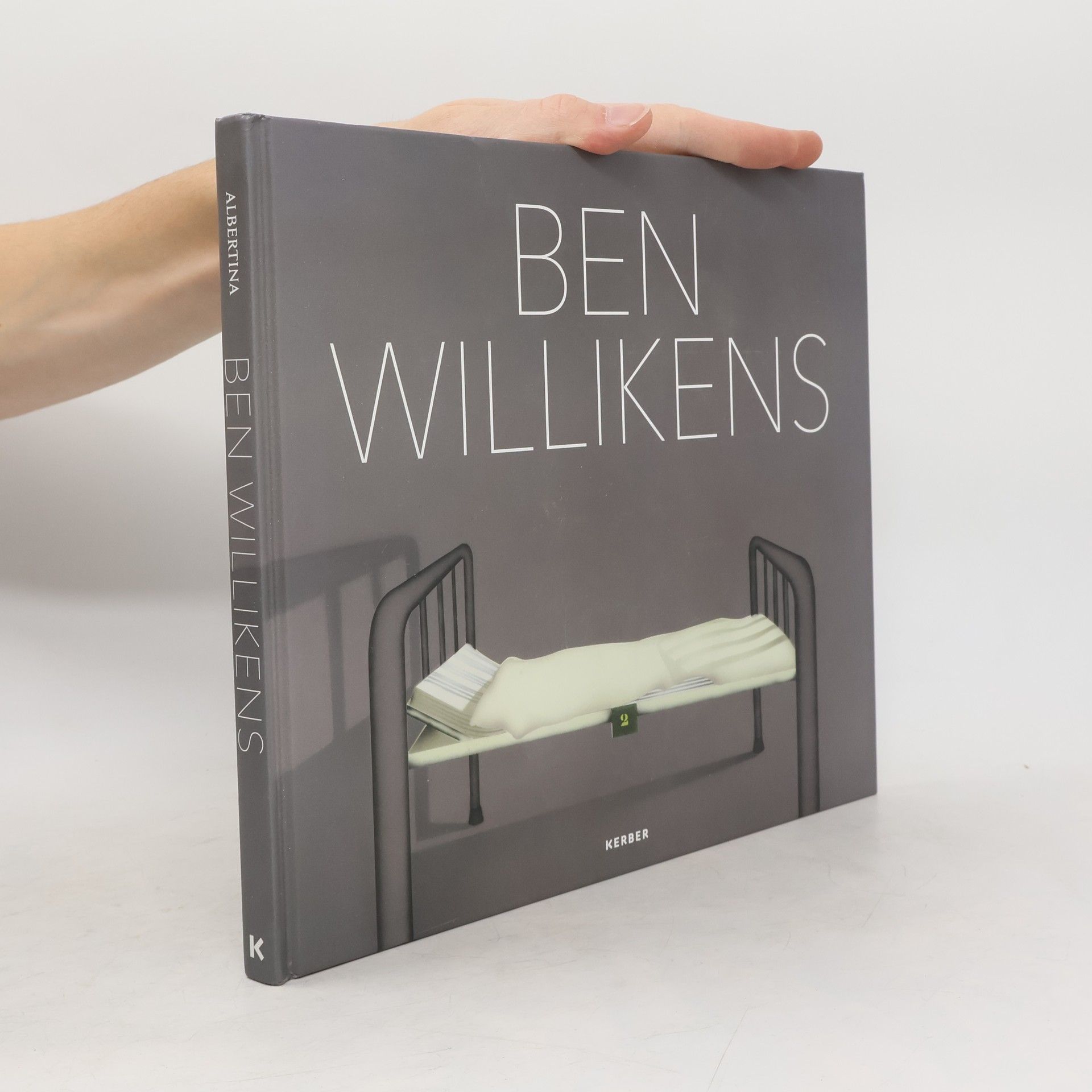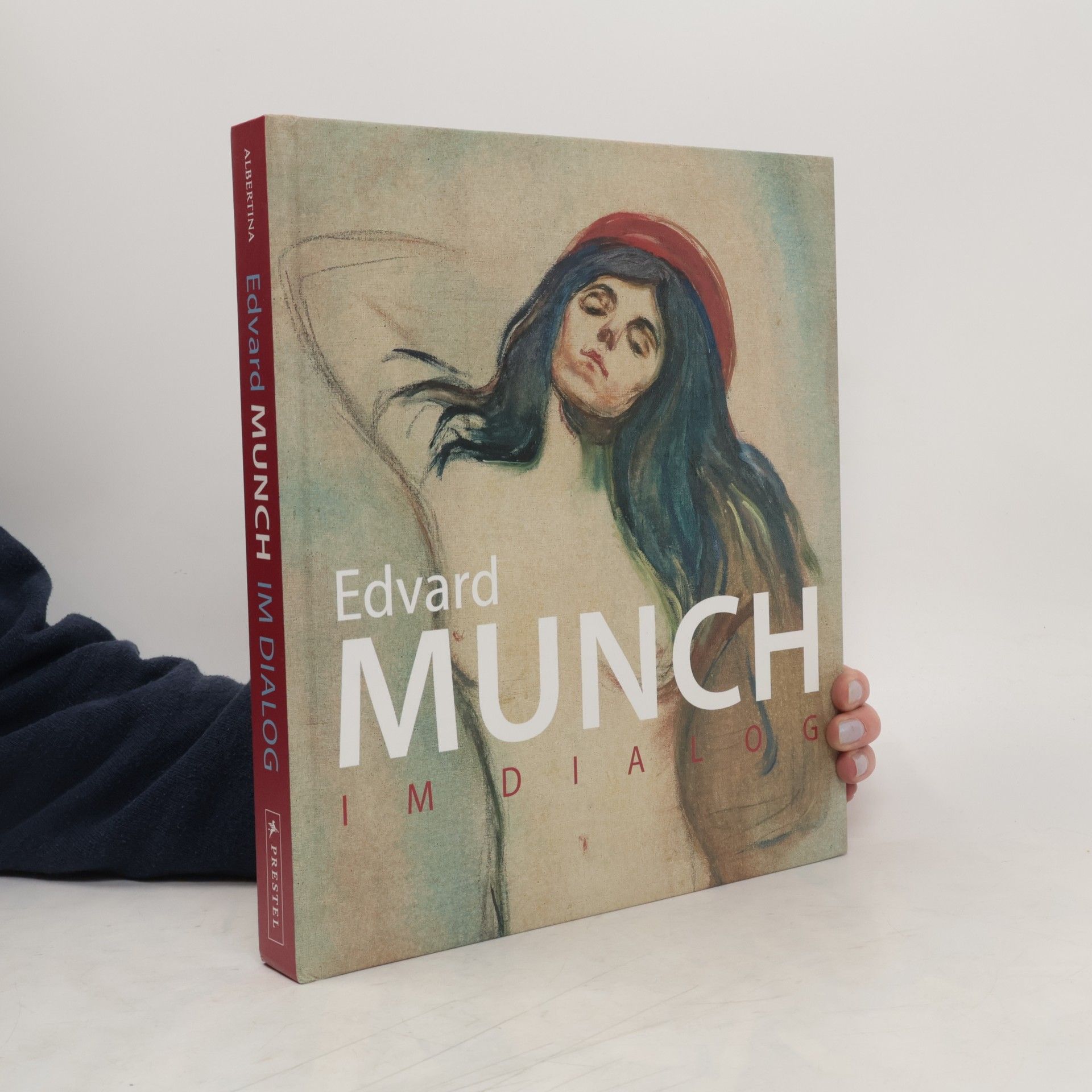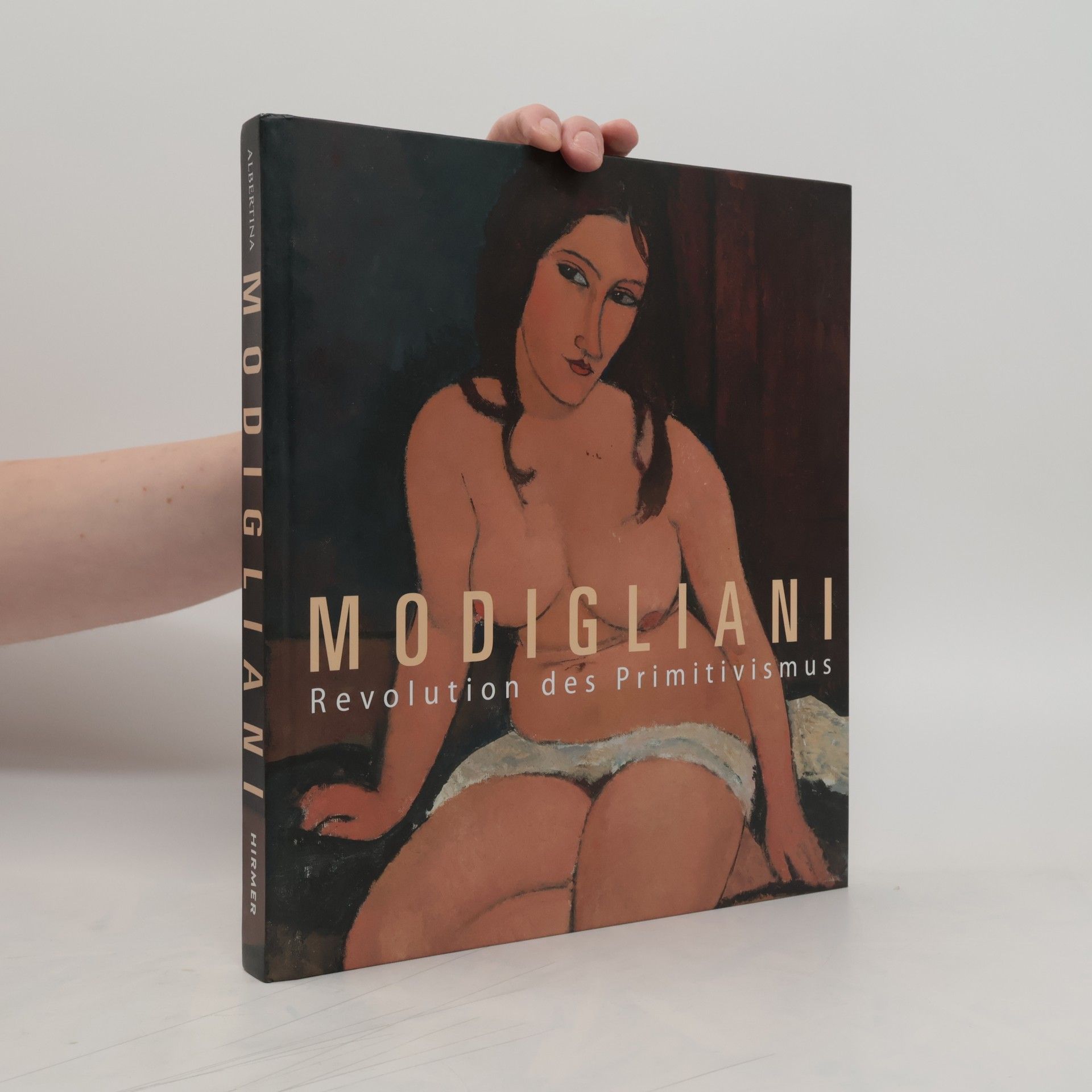Klaus Albrecht Schröder Book order

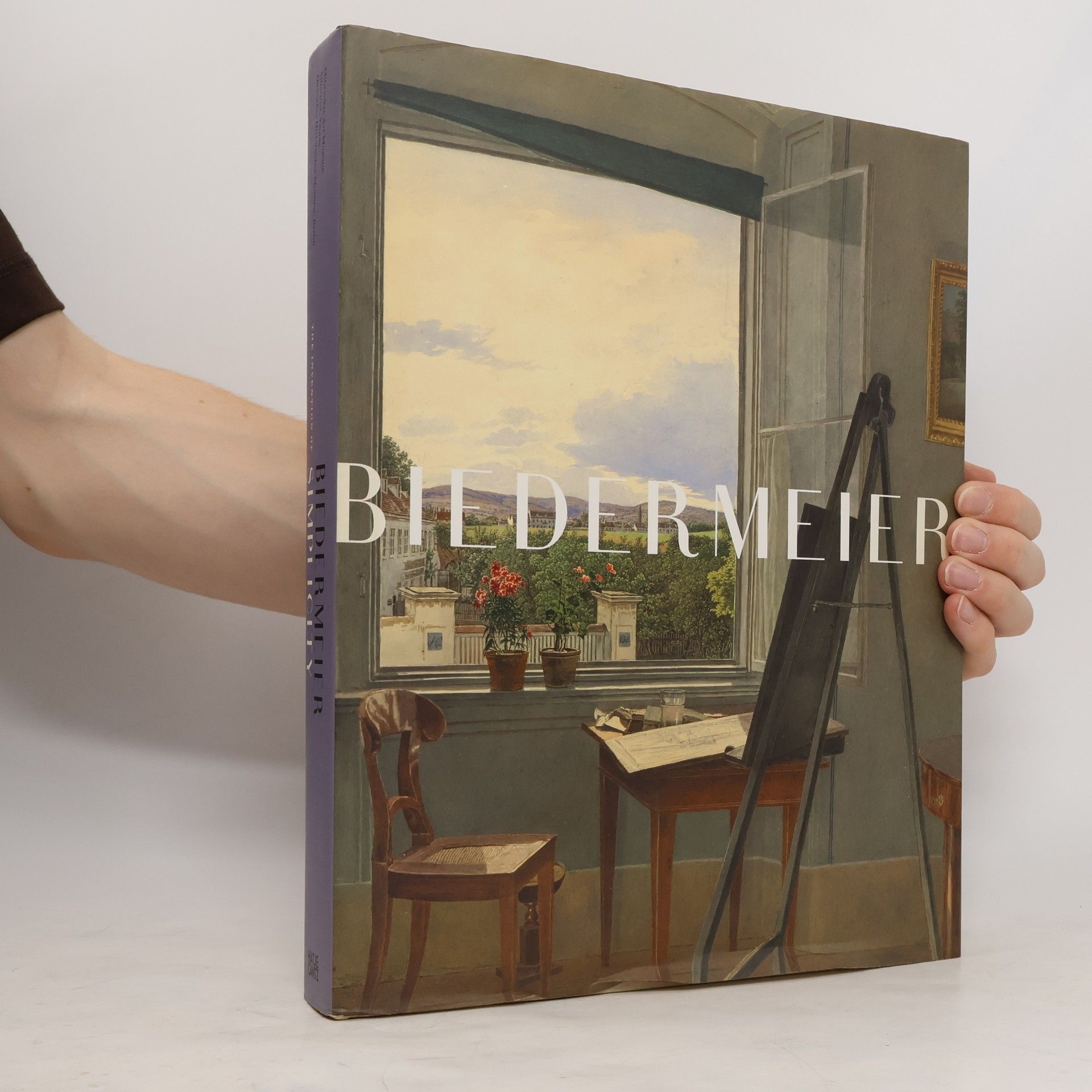


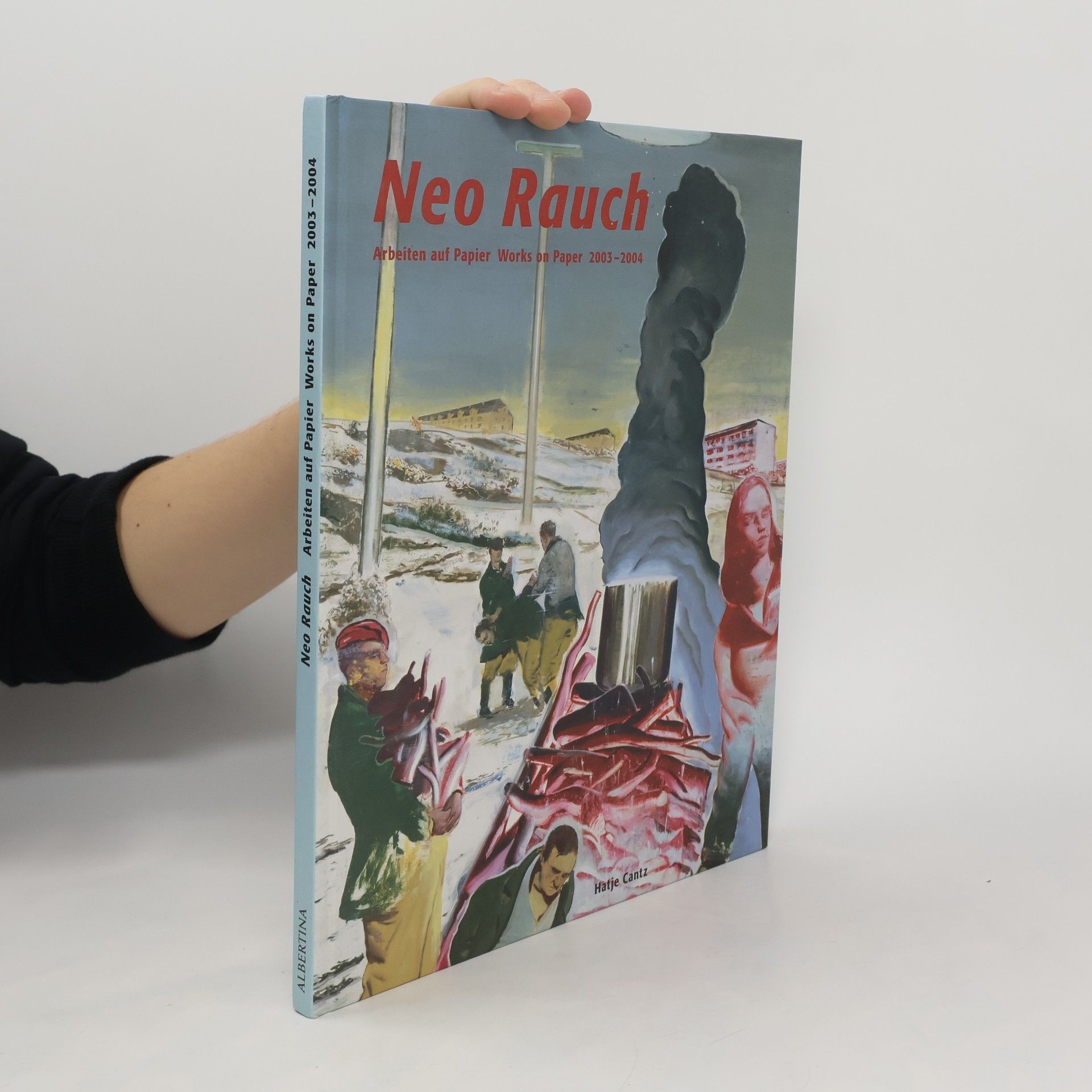

- 2024
- 2023
Katharina Grosse
Why Three Tones Do Not Form a Triangle
Katharina Grosse (* 1961) schafft in drei historischen Räumlichkeiten der Albertina begehbare Kunstwerke. Die vibrierenden Farbfelder breiten sich auf Wand, Decke und Boden aus, überschreiten räumliche und gedankliche Grenzen. Sie überwältigen durch ihre Kraft, Intensität und die schiere Größe. Der Katalog dokumentiert die dreidimensionale Bildwelt mit detailreichen Installationsfotos und Bildern aus dem Atelier. Expansion und permanente Grenzüberschreitung, Freiheit und Autonomie bilden die Grundpfeiler von Grosses Œuvre. Wie das wilde Denken ist ihr Schaffen experimentell und unberechenbar. Zahlreiche Fotos aus dem privaten Archiv der Künstlerin bieten Einblick in Ihre Arbeitsweise, Inspirationsquellen und Ideenfindungsprozesse.
- 2023
Alex Katz
Prints: Catalogue Raisonné, 1947–2022
Before the rise of Pop Art proper, Alex Katz developed an iconic style of figurative painting in the early 1960s— influenced by film, television, and billboard advertising. Seemingly detached and incredibly stylish, he created portraits of the New York scene as well as idyllic landscapes. Printmaking plays an equally central role in Katz’s work. He uses lithographs, etchings, silkscreens, woodcuts and linocuts to reproduce, reflect and further reduce his bold aesthetic, while retaining the radiant color characteristic for his paintings. Since the first edition in 2011, Katz has almost doubled his output of prints—this timely new edition includes his complete prints, cutout editions, artists’ books, and also lists his works of applied art like book illustrations and public art projects. New essays and interviews with the artist give profound insights into the work of one of the foremost American artists of the present. When ALEX KATZ (*1927, New York City) began his artistic career in the 1950s, Abstract Expressionism was the reigning style. Ahead of his time, he created stylized portraits against flat, monochrome backgrounds. From 1965 onwards, he embarked on a prolific career in printmaking, exhausting all its possibilities: from traditional craftsmanship to state-of-the-art reproduction techniques.
- 2022
Ben Willikens
Kälte - Räume
- 2022
Handeln und Kritik
Politik- und Gesellschaftstheorie nach Arendt und Adorno
- 2022
Edvard Munch. Im Dialog widmet sich dem norwegischen Künstler Edvard Munch (1863-1944) und dessen nachhaltigem Einfluss. Vor allem das späte Schaffen des Künstlers ab den 1910er Jahren und dessen Relevanz und Aktualität für die Kunst der Gegenwart sind Thema der Publikation. Es geht nicht vorrangig um unmittelbare Variationen von Munchs ikonischen Bildern, wie sie etwa Andy Warhol vorgelegt hat, wenngleich diese eine Rolle spielen. In erster Linie liegt der Fokus auf jenen Künstlern, die sich tiefgreifend mit Munch befasst und die formale Experimentierfreudigkeit des Norwegers fortgesetzt beziehungsweise die inhaltliche Dimension seiner Motive und Themen in ihrem eigenen Schaffen subtil ausgelotet haben
- 2021
Schiele und die Folgen
- 149 pages
- 6 hours of reading
- 2020
